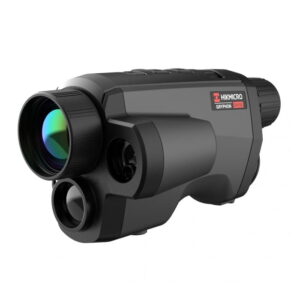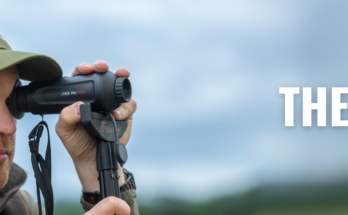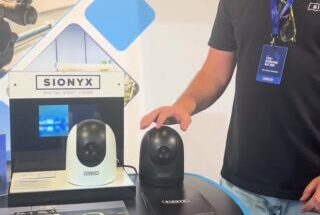In a world dominated by visual information, we often forget that what we see is only a fraction of what’s truly out there. Beyond the spectrum of visible light lies an invisible realm teeming with information. One such realm is the world of thermal energy, and the tool to explore it? The Sydney thermal image cameras.
Understanding Thermal Imaging
At its core, thermal imaging is the process of converting the infrared radiation emitted by objects into a visual display. Every object emits infrared radiation based on its temperature. The hotter the object, the more infrared radiation it emits. While our eyes can’t detect this radiation, thermal cameras are specifically designed to capture and display it.
How Do Thermal Cameras Work?
Thermal cameras, sometimes called infrared cameras, operate using a special sensor called a microbolometer. This sensor detects infrared radiation and assigns a pixel to each temperature value it encounters. These values are then mapped onto a colour scale, which is what we see in the final image.
Cooler temperatures might be represented by blues and purples, while warmer areas could be depicted in reds and yellows. The end result? A vibrant image that shows temperature differences in a scene.
Applications of Thermal Imaging
The applications of thermal imaging are vast and varied:
- Safety and Surveillance: Security personnel use thermal cameras to detect intruders at night. Since these cameras rely on heat rather than light, they can operate efficiently even in complete darkness.
- Medical Diagnostics: In the medical field, thermal imaging helps in early detection of diseases by identifying hotspots in the body. For instance, inflammation or tumours might show up as warmer areas.
- Building Inspections: Contractors and inspectors use these thermal cameras to find insulation gaps, water leaks, and electrical problems, ensuring that homes and buildings are energy-efficient and safe.
- Wildlife Research: Biologists use thermal imaging to observe nocturnal animals without disturbing them with bright lights.
- Automotive and Aviation: Advanced vehicles now come equipped with thermal imaging systems to detect pedestrians, animals, or obstacles in low-visibility conditions, enhancing safety.
Debunking Myths About Thermal Imaging
While thermal cameras are powerful tools, they are not without limitations. For instance:
- They Don’t See Through Walls: Contrary to what some movies suggest, thermal cameras can’t see through walls. However, they can detect heat differences on a wall, which might indicate something behind it.
- Not All Warm Objects Are Living: While living beings emit heat, so do many inanimate objects. A thermal camera can’t necessarily differentiate between a warm rock and a warm animal.
- They Aren’t Just for Night Use: While thermal imaging is invaluable in the dark, it’s equally useful during the day, especially when visual cameras might be hindered by glare or shadows.
The Future of Thermal Imaging
With technological advancements, thermal cameras are becoming more accessible to the general public. From smartphone attachments to drones equipped with thermal sensors, the future is bright for this technology. As we continue to integrate thermal imaging into various sectors, from healthcare to construction, it’s clear that this technology will play a pivotal role in helping us “see the unseen.”
Finally, Sydney thermal cameras, once the stuff of science fiction, are now a reality that’s reshaping how we perceive the world around us. By allowing us to detect what our eyes can’t, they’re broadening our understanding and offering new solutions to age-old challenges. So, the next time you encounter a thermal image, take a moment to appreciate the intricate dance of temperatures it represents, and marvel at our ability to capture the unseen.



